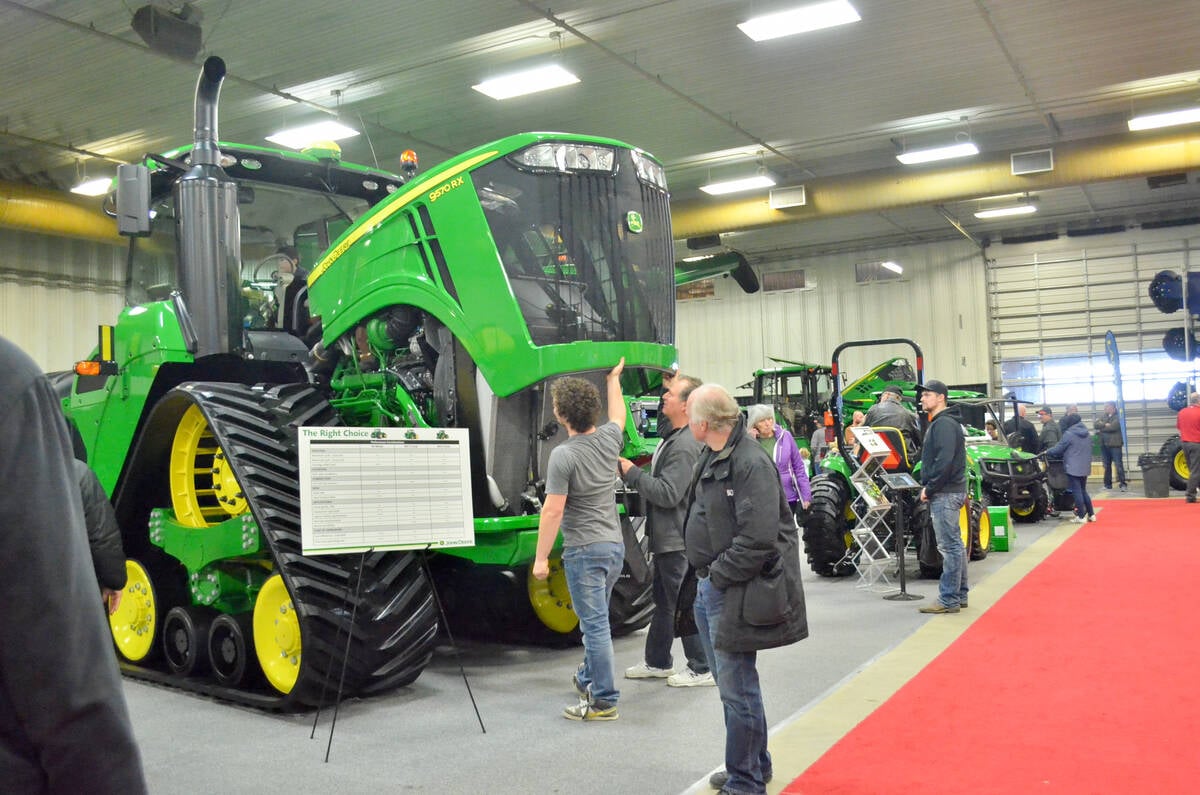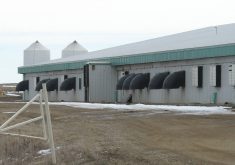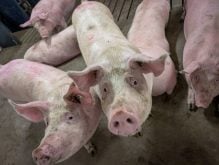The U.S. agriculture department expects fewer Canadian pigs to be produced next year.
It projects that the Canadian swine herd will contract in 2024, due in part to decreased domestic processing capacity and reduced U.S. demand, according to a Sept. 24 release from the USDA’s Foreign Agricultural Service office in Ottawa.
FAS estimated total supply of just under 42 million head in 2024, down from an estimated 42.7 million in 2023 and 43.7 million in 2022.
Read Also

The sneak peek of Manitoba Ag Days 2026
Canada’s largest indoor farm show, Manitoba Ag Days, returns to Brandon’s Keystone Centre Jan. 20-22, 2026. Here’s what to expect this year.
Why it matters: Manitoba’s pork sector expects to buck some of the decline projected in other parts of Canada.
The contraction is largely pinned on reduced in slaughter capacity, referencing recent Olymel plant closures and reduced purchases.
In mid-September, the Quebec-based meat packer announced it would permanently close its pork boning and packaging plant in Princeville, Que., effective Nov. 10. It also announced the closure of a poultry processing plant in Paris, Ont., planned for December.
Earlier this year, the company also announced it would close its Vallee-Jonction, Que., slaughter plant by Dec. 22, and idle six sow units in Alberta and Saskatchewan.
Upsides
Outside of Quebec, the FAS noted, there have been signs of expansion. The organization suggested that processors might increase slaughter based on regained access to China (following pandemic-related suspensions) and an increase in domestic demand.
However, the report cautioned that slaughter capacity limits and labour issues will likely continue.
The FAS projected domestic pork consumption will rise by one per cent, following an estimated nine per cent increase in 2023 as rising beef prices made pork the more competitive option.
It also projected sow productivity to rebound in 2024.
Meanwhile, cull sow slaughter capacity is expanding, though some of it won’t come online until 2025.
The FAS predicts that live exports to the U.S. will drop from 2023 levels. Pandemic-related processing disruptions and various other issues led to a marked increase of market hogs to the U.S. in recent years, it said. However, U.S. consumer demand for pork is waning, herd expansion has not yet materialized, and Canadian producers should respond to reduced slaughter.
It forecasted an 11 per cent decline across all live exports from 2023 to 2024.
“Exports of weaners and market hogs will both fall year-over-year. A smaller Canadian herd and smaller pig crop will influence these lowered live export volumes, and exports to Canadian inventory will fall to a smaller percentage compared to 2022 and 2023,” it reported.
Those projections still put exports well above 2019 and 2020 levels. Total exports are projected to be relatively similar to 2023 levels. Exports are expected to have dropped seven per cent once the numbers are available at year end.
Steady Manitoba
While overall capacity in Canada might reduce, that’s unlikely to hit Manitoba, said Cam Dahl, general manager of the Manitoba Pork Council.
“Almost all of that is coming as a result of the re-alignment with Olymel,” Dahl said. “I don’t expect to see a reduction here in Manitoba.”
In July, Winkler Meats announced a massive expansion in partnership with U.S. sausage company Johnsonville, which would divert cull sows from export to the U.S. for processing.
The FAS noted that Jowett Farms in Blumenort has also increased cull sow processing.
However, there are signs of hard times in Manitoba. In June, HyLife Foods announced 87 layoffs, mainly administrative staff. At the time, HyLife said the contraction should have minimal impact on production.
Dahl was doubtful that Manitoba weanling exports, a major market for the sector, would see any great drop. FAS numbers indicated a decline in weanling trade due to a smaller pig crop. The Sept. 24 report projects about 200,000 fewer feeders exported to the U.S. and about 500,000 fewer slaughter hogs.
Dahl pinned the overall decline of hog demand on uncertainty, particularly in international markets.
The war in Ukraine has pushed up feed prices. That, along with disease pressure and regulation, has led to a contraction in the European herd, Dahl said. The effects of African swine fever and economic uncertainty in China add more volatility to the mix.
“There’s an awful lot of uncertainty out there right now on the international markets,” Dahl said.
At home, managing risk becomes more important in the face of that volatility, he said.
Producers are also looking for stabilization on input costs, with feed at the top of the list. There are signs that feed prices will stabilize, but without final harvest numbers, Dahl said it’s too early to say.
















